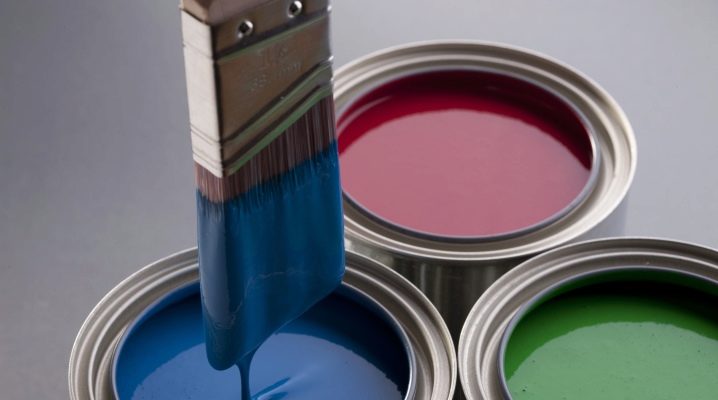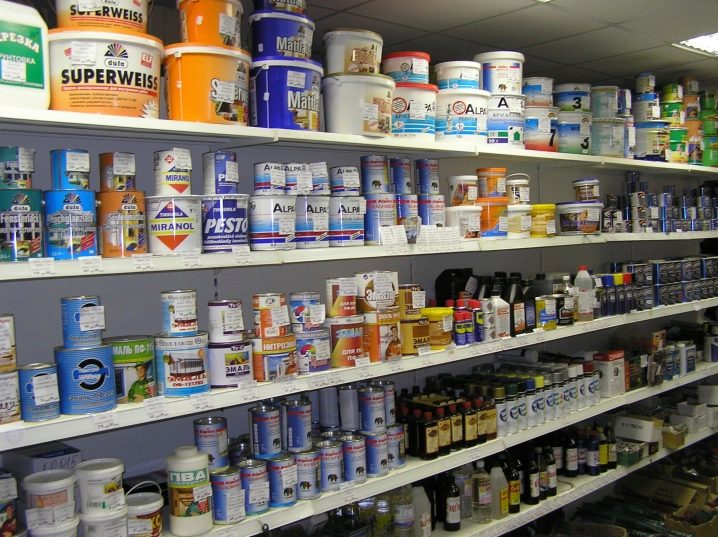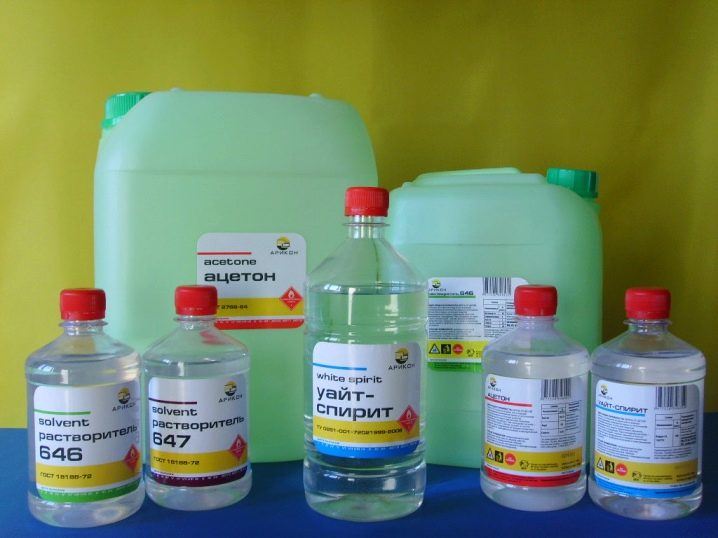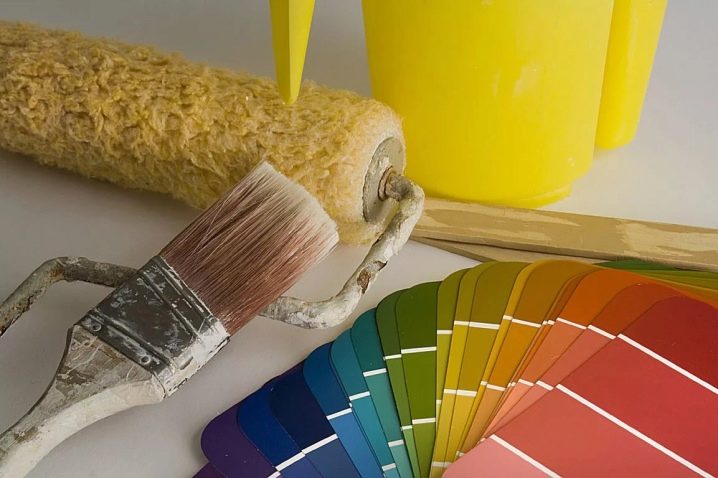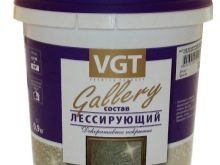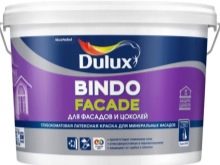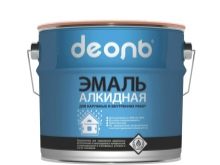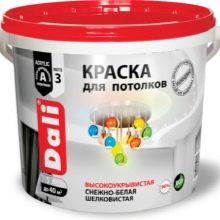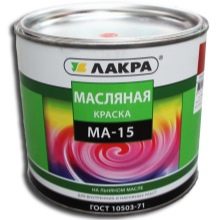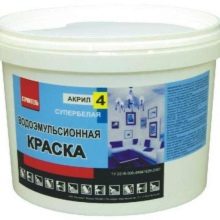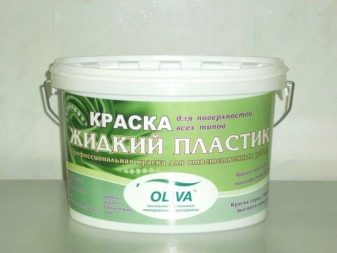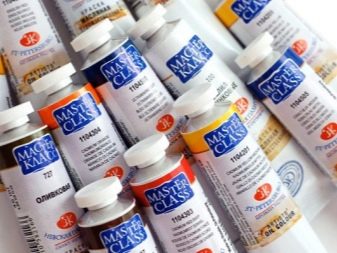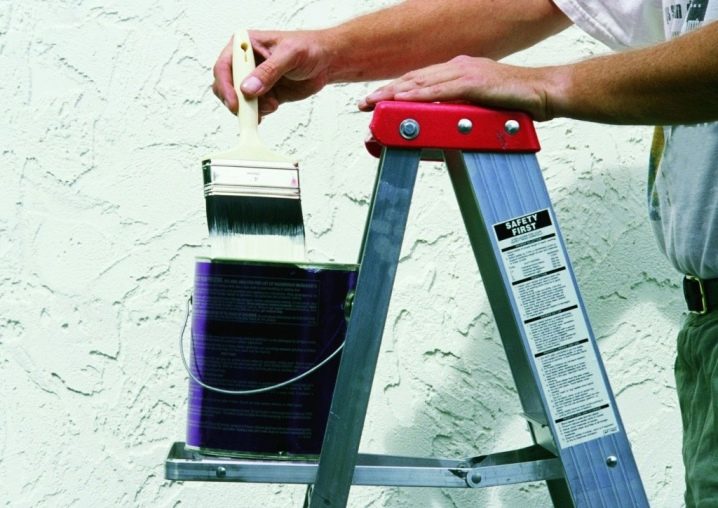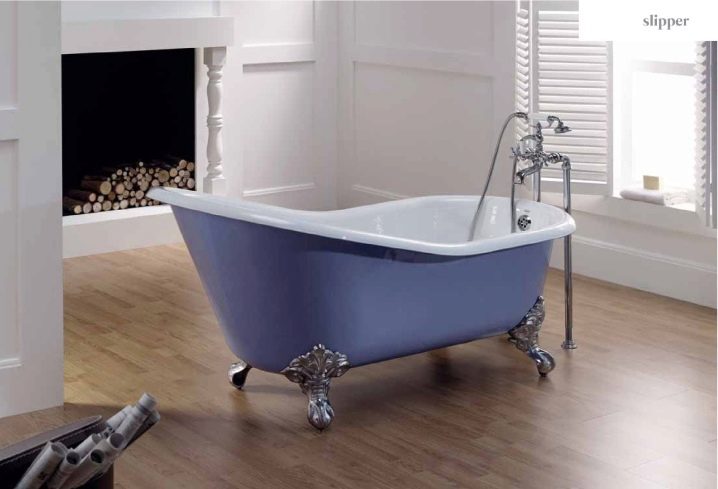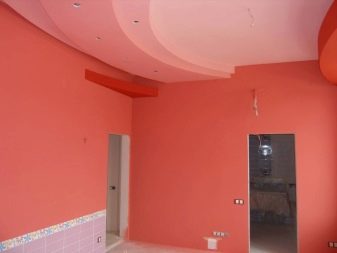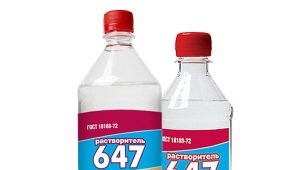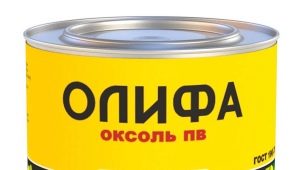What is the difference between enamel and paint?
The modern market of finishing materials is presented in a wide range of enamels and paints. If earlier it was possible to buy only oil paints in stores, then today there are various types of paintwork materials.
In order to purchase the desired product, it is important to know the main differences between enamel formulations and paint.
Special features
The composition of any paint is always based on a certain amount of filler, binders, a mixture of pigments and solvents.
Pigments give the paint a certain shade and make the coating more elastic. Drying oils, synthetic polymers or aqueous dispersions act as a binder - these are the so-called film-forming agents that create a dense film on the surface that is necessary to retain the internal components.
Solvents are water, oils, carbohydrates, alcohols, esters, ketones, which reduce the viscosity of the paint. This has a beneficial effect on the application process.
Fillers are commonly used to impart a matte effect to the coating, fire and thermal resistance, UV resistance and abrasion.
Based on the number of the above elements, the paint is of the following types:
- lessirovochny (transparent, translucent, opaque);
- alkyd;
- mineral;
- oil;
- glue;
- emulsion;
- liquid;
- pasty.
The range of products includes compositions for internal and external painting, which can be used for priming and direct painting. It is necessary to acquire goods, proceeding from a basis on which it will be put - it can be a plastic, wooden or metal surface. Depending on this, the method of application may vary.
For example, for the coating of wood coatings will require at least two layers of paint, of which the first will serve as a primer.
According to the method of production, oil formulations are divided into two types:
- liquid rubbed;
- thickened
The former can be used immediately after opening the package, while the latter require preliminary dilution with turpentine or drying oil.
Enamel paint (enamel) in its composition contains a film-forming component based on resin or varnish, as well as solvents, pigments, fillers and functional additives. Organic substances are used as solvents: turpentine, solvent or “white spirit”. The filler is usually microtalc, less often - chalk.
Enamel paints can be divided into paste-like and liquid formulations. Regardless of the type of paint forms a dense coating, which can be a variety of colors, because the range of enamel palette is quite diverse.
The composition of this product makes it universal for use: the substance is widely used for both internal and external works. Besides, it is possible to paint with enamel any surface: metal, wood, plastic, brick.
Only minus enamel paints - high fire risk. This is explained by the high content of quickly flammable varnish in the composition of the substance, therefore, it is recommended to use such paint in rooms where the probability of fire is minimal.
Despite this, enamels have excellent performance,which makes them stand out from the rest of the paintwork materials. Such formulations are suitable for painting rooms with high humidity, for example, bathrooms, pools. Durable enamel coating does not let water through and, moreover, is not afraid of minor mechanical damage.
Enamel paints are presented in the range and are divided into the following types:
- Alkyd paints give the painted surface gloss, they are resistant to temperature changes (from -50 to +60 ° C), precipitation, abrasive products and mineral oils. Suitable for painting surfaces indoors and out, and also used for processing surfaces made of wood, concrete, metal.
- Melamine alkyd Cover with a durable, durable, elastic layer. Resistant to ultraviolet, atmospheric pressure, minor scratches. Dry quickly: the first coat of paint dries in about half an hour, it takes about an hour to dry the second. Widely used in the manufacture of motorcycles, cars, body parts, as well as suitable for use in climatic zones with high humidity.
- Nitrocellulose paints have an unpleasant, pungent odor, intended for wooden,concrete, metal surfaces. They are applied in special protective clothing and a mask with sprayers. Most modern manufacturers produce this type of paint in the form of aerosol cans.
- Pentaphthalic and glyphthalic The paints were removed during the modification of drying oil with alkyd resins; they are resistant to atmospheric pressure, have a long service life, and practically do not lose color. Used for processing exterior and interior surfaces, are widely used in the painting of metal equipment, parts of cars, buses and trolleybuses. The service life is: in a building - 15 years, in outdoor conditions - from 4 to 6 years.
- Organosilicon paints are highly valued for resistant colors. They are resistant to high temperatures, abrasion and moisture.
- Polyurethane The compositions are suitable for painting flooring. They are distinguished by their ability to withstand excessive loads and are used in high-traffic areas. Dry completely in 24 hours.
- Epoxy The compounds are particularly resistant to various chemicals and moisture.Basically they are used as anti-corrosion coatings for metal surfaces.
It is worth noting that recently the range of enamel paints has increased significantly. Many manufacturers, trying to create the appearance of a variety of goods, assign bright names to one or another product. For example, the product is called enamel, as if emphasizing its strength properties or luster, although in fact, the physical properties of the product do not correspond to the name "enamel". Often the price of such goods increases with the growth of pathos in the product range.
The main differences
To make the right choice and not make a mistake when buying, the following are the main differences between enamel and ordinary paint.
The main difference between these two types of coatings is the way they are used. Enamel is designed for decorative surfaces. When applied, it lays down as thin as a “glass” layer. Paints based on oils or water are more suitable for imparting a certain saturated color to the surface. In comparison with enamel, they are more durable and form a reliable layerwhich protects well against small scratches.
Despite this, enamel is the best substance for painting indoor surfaces. Alkyd substances are more suitable for facade work, moreover, they are characterized by a longer service life, which is especially important for painting exterior surfaces.
There are some nuances of use: for dissolving pigments they use linseed oil, but enamel paints are diluted with ordinary solvent. Also at the end of the staining both products give different results: enamel will give the surface gloss and gloss, but the paint has a matte effect and muted colors.
If we compare the performance of these two compositions, then Enamel clearly wins. It keeps the color well for many years, does not “float” even under the scorching sun, does not emit harmful substances. This cannot be said about the paint, which is influenced by weather conditions., sunlight and moisture can lose its properties.
Enamel is often used for painting parts and small objects, but the paint is suitable for processing surfaces with a large area. It should be noted that the difference in price between the goods in question is significant: oil paintswill cost much cheaper than enamel products.
What else is different from the enamel paint, see the following video.
